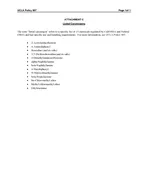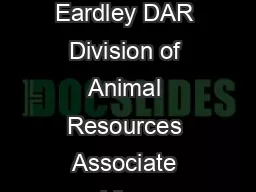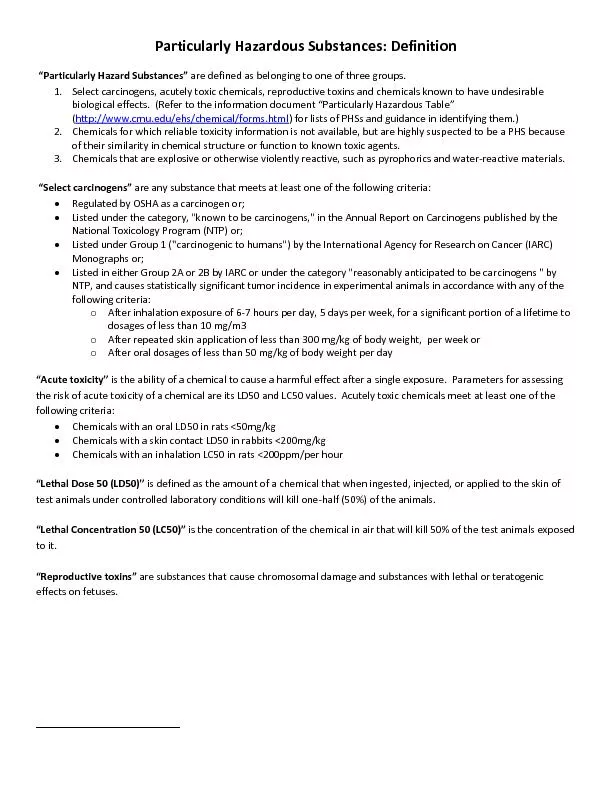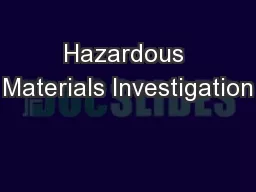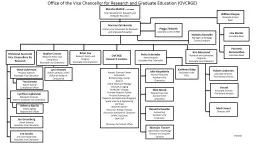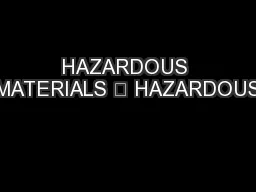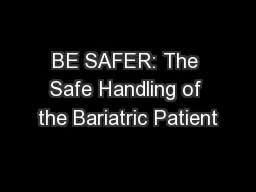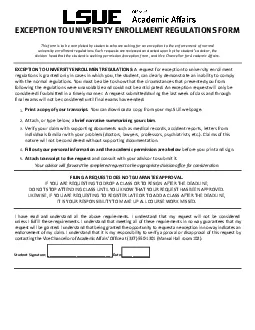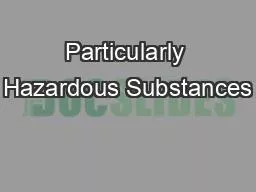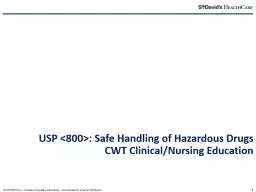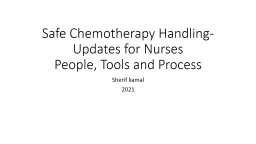PDF-UCLA Policy Safe Handling of Particularly Hazardous Substances Issuing Officer Vice Chancellor
Author : debby-jeon | Published Date : 2014-10-18
REFERENCES II PURPOSE III STATEMENT IV RESPONSIBILITIES V LABORATORY SAFETY REQUIREMENTS PROCEDURES VI ATTACHMENTS I REFERENCES 1 Title 8 California Code of Regulations
Presentation Embed Code
Download Presentation
Download Presentation The PPT/PDF document "UCLA Policy Safe Handling of Particular..." is the property of its rightful owner. Permission is granted to download and print the materials on this website for personal, non-commercial use only, and to display it on your personal computer provided you do not modify the materials and that you retain all copyright notices contained in the materials. By downloading content from our website, you accept the terms of this agreement.
UCLA Policy Safe Handling of Particularly Hazardous Substances Issuing Officer Vice Chancellor: Transcript
Download Rules Of Document
"UCLA Policy Safe Handling of Particularly Hazardous Substances Issuing Officer Vice Chancellor"The content belongs to its owner. You may download and print it for personal use, without modification, and keep all copyright notices. By downloading, you agree to these terms.
Related Documents

